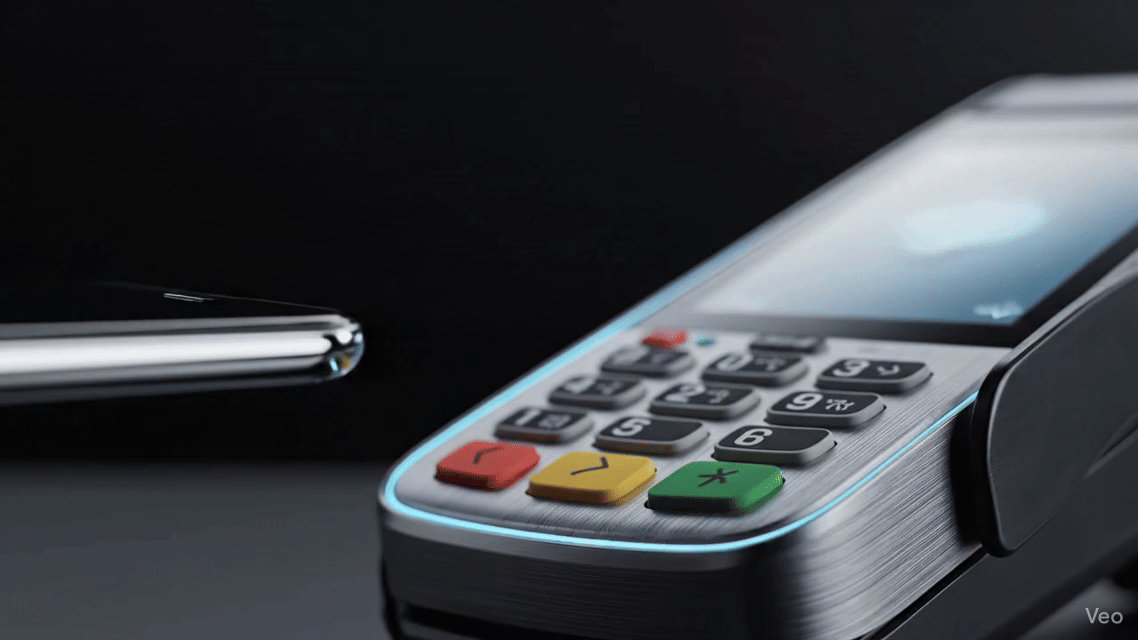Tap to Pay

Next-generation cryptocurrency payment protocol enabling seamless Bluetooth Low Energy transactions with zero friction

Next-generation cryptocurrency payment protocol enabling seamless Bluetooth Low Energy transactions with zero friction
Get started with Tap to Pay development tools and applications
Core library for ESP32
BLE server library
Mobile application
Coming soon
Simple 4-step process to enable crypto payments on any ESP32 device
Device advertises payment info via Bluetooth Low Energy
App discovers and connects via GATT protocol
Secure payment data exchange
Blockchain transaction confirmation
Complete development stack for building Tap to Pay-enabled applications

ESP32 microcontroller
Bluetooth Low Energy
Mobile framework
Web framework
#include <WiFi.h>
#include "TaptoPayAurdino.h"
const String network = "base-sepolia";
const String payTo = "0xa78eD39F695615315458Bb066ac9a5F28Dfd65FE";
const String maxAmountRequired = "1000000"; // 1 USDC
void setup() {
Serial.begin(115200);
WiFi.begin("yourWiFi", "password");
String requirements = buildDefaultPaymentRequirementsJson(
network, payTo, maxAmountRequired,
"https://logo.url", "Device description"
);
Serial.println("Payment Requirements:");
Serial.println(requirements);
}
void loop() {
if (Serial.available()) {
String paymentJson = Serial.readString();
TaptoPayPayload payload(paymentJson);
bool isValid = verifyPayment(payload, requirements);
if (isValid) {
Serial.println("Payment verified successfully!");
// Activate relay here
}
}
}Under the hood technical specifications and architecture details
Nordic UART service with 150-byte MTU, 10m range
Low energy consumption, 2-6s connection
Optimized Performance
~45KB program memory, ~8KB RAM
FreeRTOS task management
High Efficiency
End-to-end encryption
Hardware-level security
Multi-layer protection
Enterprise Grade
Global hardware access layer for AI agents and remote payments
Python SDK layer to expose existing Tap to Pay core microcontrollers to the Internet. Now agents can pay to use hardware globally, not just via Bluetooth.

Innovative use cases for Tap to Pay technology across various industries
Autonomous electric vehicle charging with dynamic pricing
Connect local hardware to global internet infrastructure
AI agents discover and pay for physical services globally
Everything you need to know about Tap to Pay functionality
Next-generation micropayment protocol using Bluetooth Low Energy for device-to-mobile communication. Includes payment verification, settlement, and supports advanced features like recurring payments and dynamic pricing.
Base (mainnet) and Base Sepolia for testing, plus Polygon, Avalanche, IoTeX, Sei, and Peaq networks. All with native USDC support.
End-to-end encryption with secure key management. Hardware-level security features and multiple blockchain networks support.
Optimized for embedded systems with fast transaction processing and minimal resource consumption.
Join thousands of developers building the future of crypto payments
Building the future of decentralized hardware payments with Tap to Pay Protocol
Q4 2024
Q3 2025
Starting 01/11/2025
Q1 2026
Q2 2026
Q4 2026